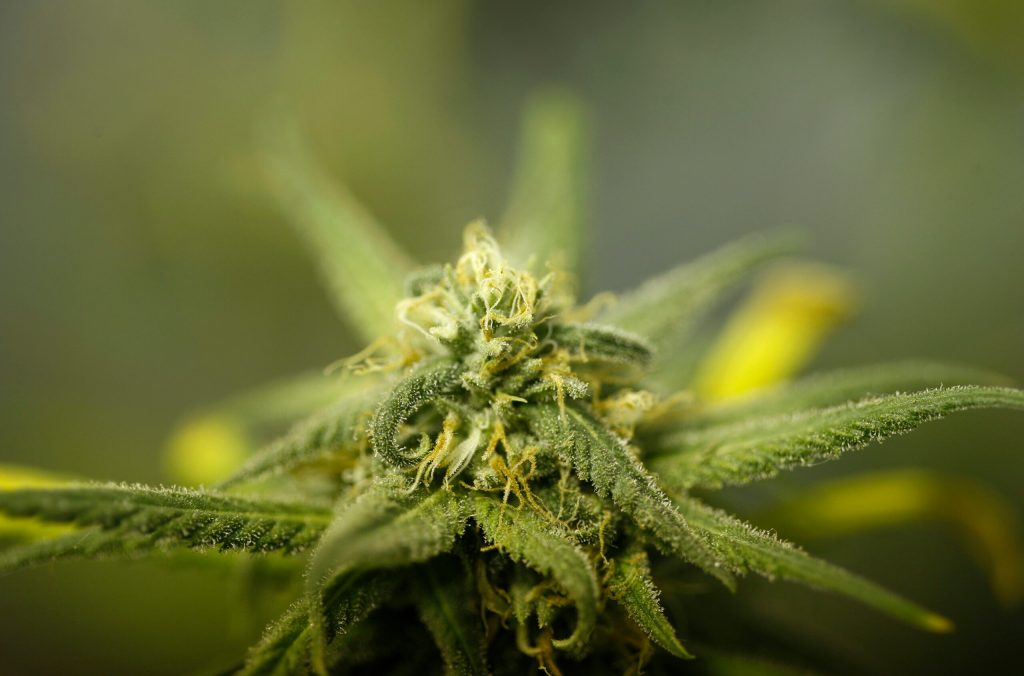There’s no question that the revival of psychedelic medicine has gone mainstream. Social networks dubbed Psychedelic Societies are springing up all over the country as results from studies on therapeutic uses for LSD, psilocybin, and MDMA make headlines every few months.
But just as TV ads for antidepressants tend to be all happiness and sunshine, speeding through the fine print of side effects and potential dangers, psychedelic advocates also risk glossing over the potential downsides of taking these drugs. Namely, one risk in particular: Flashbacks—the brief, spontaneous return of that mind-bending change in consciousness that can occur weeks, or even months later.
Videos by VICE
Roughly 5 percent of people who’ve taken a psychedelic like LSD at some point experience non-disturbing flashbacks—which usually manifest themselves as trails or moving spots of light a day or two after use. Once these episodes pass, they often don’t happen again. But if they do, and you seek professional intervention to treat them, you may be diagnosed with what’s known as “Hallucinogen Persisting Perception Disorder” or HPPD.
As psychedelics once again become more commonplace, however, our understanding of HPPD, how it works, and who is most prone to it is still evolving. John Halpern, a former Harvard psychiatrist, has devoted a substantial amount of his career to studying flashbacks. In one of his most recent studies, Halpern looked at 20 people who reported HPPD-like symptoms—such as visual alterations, concentration problems, and anxiety—to see if he could establish the core features of the condition.
What he found is that there appear to be two types of HPPD—the first is more or less what most people who experience a flashback know: It’s not long-lasting, though it may impair your ability to function, especially if you’re a highly anxious person. The second type is more rare—affecting roughly 1 in 50,000 people who take a psychedelic, but it can be highly distressing. HPPD Type-2 is characterized by constant, uncontrollable, and potentially disturbing types of visuals. People have reported seeing halos surrounding objects, moving trails and afterimages, or a TV static-like grain embedded in their vision. Others have experienced what’s known as “palinopsia”—the perception that there’s always an object just out of view. The condition is “chronic, waxing and waning over months to years,” Halpern says.
We’ve known about flashbacks since the ’50s, when people in LSD-assisted psychotherapy studies began to report drug-like side-effects weeks after taking psychedelic drugs. But the term itself wasn’t actually coined until the mid-’70s. And as Halpern notes, it took another two decades after that for the WHO to list HPPD Type-1 and -2 as diagnosable conditions. (And it wasn’t officially recognized in American psychiatric medicine until 2013.)
“It [HPPD] started when I started doing a lot of 2C-B,” says Sarah K., a woman in Boston who spoke under the condition of anonymity. She’s referring to a synthetic psychostimulant discovered in 1975 by Alexander “Sasha” Shulgin, a chemist known for creating and testing hundreds of drugs on himself. 2C-B slowly grew in popularity during the late ’80s after ecstasy was banned by the FDA.
“I was doing it weekly for a few months,” she says, “and I noticed that I was just not really coming down from the visuals. Even when I stopped doing it on a regular basis I was still having minor side effects.” Sarah was eventually diagnosed with HPPD Type-2 while in treatment for substance abuse, and says the condition wouldn’t make her any more anxious than usual, but it could be annoying—and even dangerous, like when she was driving in the snow and could only see trails of white light clouding her vision.
Watch more from VICE:
That’s in keeping with Halpern’s findings, who says the triggers—and the side effects—of HPPD aren’t typically emotional in nature, but primarily visual. “The changing of light triggers some sort of distortion of visual perception. It’s unwanted and feels unnecessary, but it [won’t cause] anxiety or mood swings in someone not already vulnerable to those kinds of symptoms.” That said, there’s still a lot we don’t know—such as the prevalence rate in the general population. One 2011 survey of nearly 2,500 people reporting use of a psychedelic drug found that just 4.2 percent of people sought or considered treatment for flashback-like symptoms.
One of Halpern’s co-authors on the HPPD paper, Arturo Lerner, is a psychiatrist in Israel who has seen a number of cases over the years of people coming to the hospital reporting flashback symptoms following use of psychedelics. Lerner has published several case reports of his attempts to treat these symptoms using muscle relaxers and antipsychotics, but with limited success.
As research into the benefits of psilocybin and LSD-assisted therapy continues, one thing is clear: Side-effects like HPPD deserve to be a bigger part of the conversation. Glossing over them—or worse, relegating them to fine print—only does a disservice to would-be patients. People should hear the risks, not be forced to hunt for them. But as Halpern quips, “Who reads the fine print on a bottle of Tylenol or Advil anyway?”
Read This Next: Psychedelic Drugs Really Do Lead to a Higher State of Consciousness




